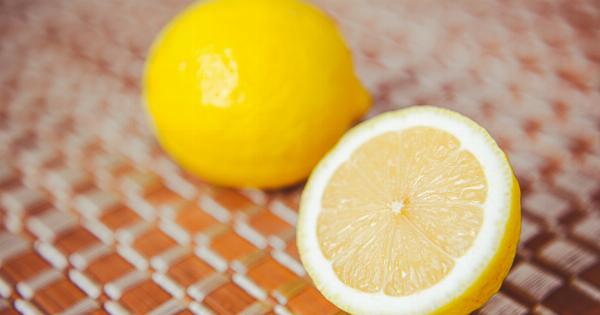Bitterness is a taste that can be found in various foods and beverages, and while some people enjoy it, others find it unpleasant. Fortunately, there are several techniques that can help mask the bitterness and make these items more palatable.
In this article, we will explore different methods to remove bitterness from food and drinks.
Understanding Bitterness
Bitterness is one of the five basic tastes that our taste buds can perceive, along with sweetness, sourness, saltiness, and umami. It is often associated with certain alkaloids and compounds present in certain foods and beverages.
Why Remove Bitterness?
While some individuals may acquire a taste for bitter flavors, many people find bitterness unpleasant. Additionally, bitterness can sometimes overpower other flavors present in a dish or drink, making it hard to enjoy the overall taste.
Methods to Remove Bitterness
1. Sweeten It Up
One effective way to counteract bitterness is by adding sweet ingredients. Sugar, honey, maple syrup, or artificial sweeteners can help neutralize the bitter taste. However, it is important to strike a balance and not make the final product overly sweet.
2. Acidic Additions
Acidity can help in masking bitterness. Adding lemon juice, vinegar, or another acidic ingredient can help to balance out the flavors and reduce bitterness.
However, be cautious not to add too much acidity, as it can overpower the other taste components as well.
3. Salt to the Rescue
While salt is generally associated with enhancing flavors, it can also help in reducing bitterness. Adding a small amount of salt to bitter foods or drinks can help to offset the bitterness and improve the overall taste.
4. Cooking Techniques
Certain cooking techniques can remove or reduce bitterness in foods. Blanching, for example, involves boiling vegetables briefly and then immediately plunging them into ice water.
This technique can help remove bitter compounds and retain the natural sweetness of the vegetables.
5. Use Fat
Fat can help to mask bitterness and provide a smooth texture. Adding a small amount of butter, cream, or oil to bitter dishes can help soften the bitter taste and make it more enjoyable.
6. Masking with Herbs and Spices
Herbs and spices can add depth and complexity to dishes and can also help mask bitterness. Ingredients such as garlic, ginger, cinnamon, or even basil can balance out the bitterness and enhance the overall flavor profile.
7. Dilution
For beverages that are too bitter, dilution can be an effective method. Adding more water, broth, or another liquid can help to reduce the concentration of bitter compounds and make it more palatable.
8. Selecting the Right Variety
In some cases, the bitterness might be related to the specific variety or type of food. For example, certain types of kale or coffee beans are inherently more bitter.
Experimenting with different varieties or brands can help you find a less bitter alternative.
9. De-seeding
When dealing with fruits or vegetables that have bitter seeds, removing the seeds can significantly reduce bitterness. For instance, removing the seeds from cucumbers or watermelons can make them taste less bitter.
10. Special Techniques for Coffee
Coffee is known for its bitterness, and if it’s too bitter for your taste, there are a few techniques that can help. Cold brewing or using a French press can result in a coffee with lower acidity and reduced bitterness.
Additionally, adding a pinch of salt to the grounds before brewing can help balance out the bitterness.
Conclusion
Bitterness can be a challenge to overcome, but with various methods and techniques, it is possible to mask or reduce the bitter taste in food and drinks.
Sweetening, adding acids, and using herbs and spices are just a few of the strategies that can help create a more balanced flavor profile. Experimenting with these techniques and finding the right balance will contribute to a more enjoyable culinary experience.






























